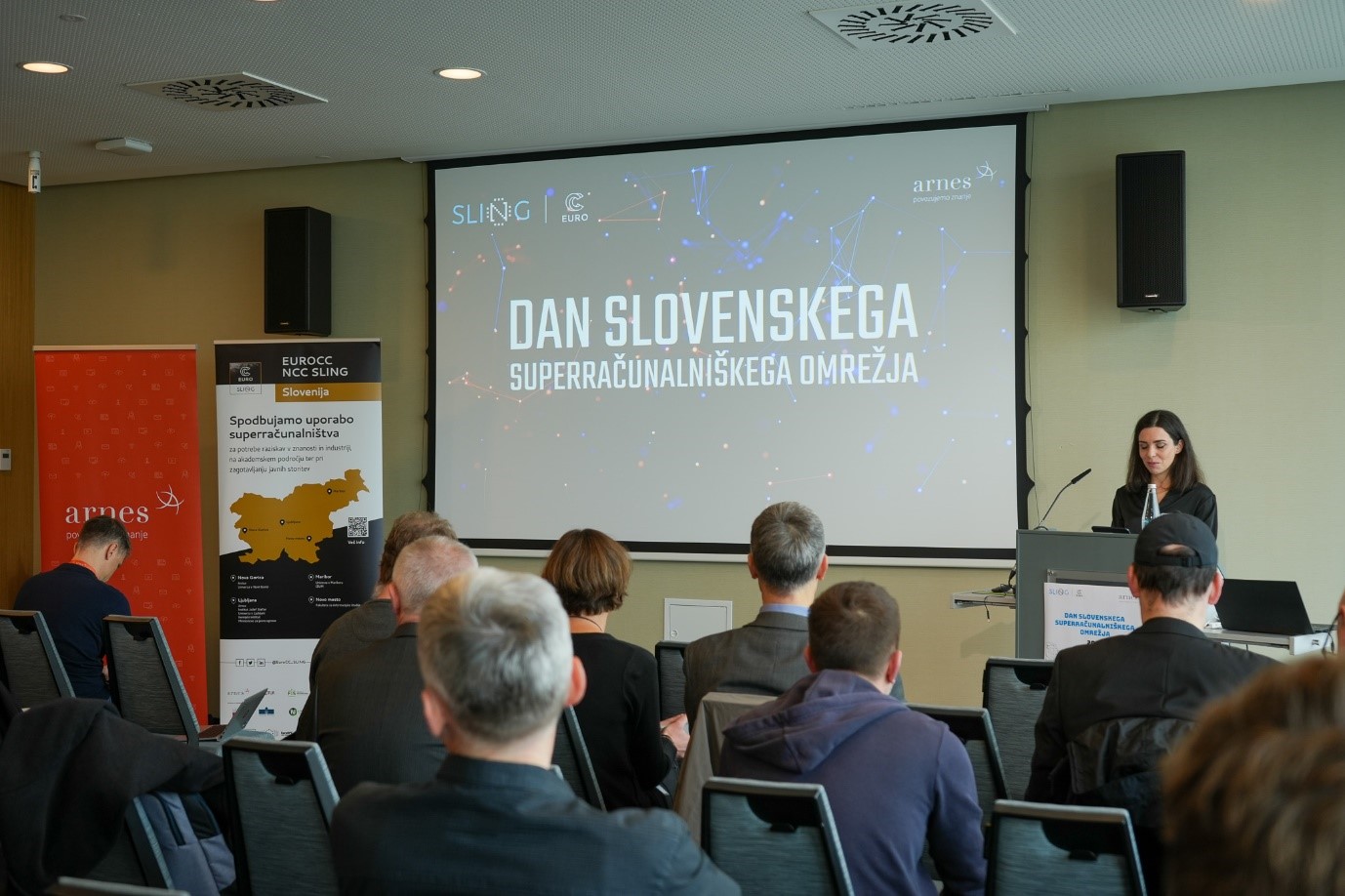The international “Slovenian Supercomputing Network Day”, which took place on 16 November 2023 as part of the Arnes annual conference “Network of Knowledge”, highlighted the importance of the Slovenian National Supercomputing Network’s (SLING) cooperation with various research fields and the economy. The speakers highlighted the key role of international collaborations and projects and paid special attention to current projects.
The varied programme was opened by the drector of Arnes, mag. Marko Bonač. The coordinator of the Slovenian National Supercomputing Network (SLING) consortium, Dr Samo Stanič from the University of Nova Gorica, presented the consortium’s activities and plans for the future. The SLING consortium is already enabling Slovenian scientists to collaborate competitively on research in areas such as fundamental particle physics, astrophysics, materials physics and other areas where high computing power is key to performing simulations and analyses.
Mag. Barbara Krašovec from the Jožef Stefan Institute, presented the latest developments in the field of supercomputing in Slovenia and Europe. The speakers also highlighted the possibilities of access to national and European supercomputing capacities, with special emphasis on the Italian supercomputer EuroHPC Leonardo and the most powerful European supercomputer EuroHPC Lumi in Finland. They also presented the activities of the National Competence Centre for Supercomputing in the framework of the EuroCC 2 project, focusing on its rich training programme, cooperation with industry and other projects such as Digital Innovation Hubs and Centres of Excellence.
Special attention was given to HPC centres of excellence supporting the transition to exascale. Speakers presented the European Excellerat Centre of Excellence for Engineering Applications EXCELLERAT, the EuroHPC JU Centre of Excellence in multiscale modelling MultiXscale (acquired by the National Institute of Chemistry), the Centre of Excellence MAX (MAterials design at the eXascale), and the Plasma-PEPSC Centre of Excellence, which aims to enable scientific breakthroughs in plasma science.
Four speakers used concrete examples from industry and research to illustrate the usefulness of supercomputing infrastructure, including the simulation of key snake venom toxins, genetic research and the use of supercomputing services in business. Of particular interest was the demonstration of the HIDRA2 neural network for predicting sea level dynamics, which outperformed the best physical numerical models in terms of accuracy.
In the afternoon, two workshops were held in collaboration with the Faculty of Computer and Information Science and the Faculty of Electrical Engineering (both at the University of Ljubljana) to give participants a basic understanding of how supercomputers and parallel computing work.
Watch the videos of the lectures and to look at the slides.
See the full press release.





